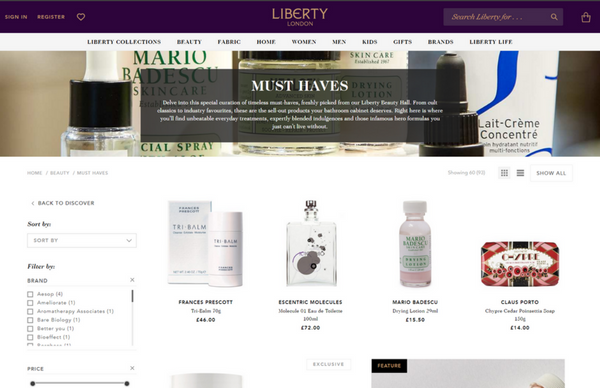Is it too late for the lost art of email marketing, or can we save this medium with our best practice?
What Is An Email Campaign?
It’s hard to believe that there was a time (not all that long ago) when sending a message required pen and paper. Many businesses added postal mail to their marketing arsenal, only to go digital with the advent of email.
Sadly this meant that what we lost in junk mail, we gained in inbox spam – causing a deluge that has seen genuine, well-meaning brands drowned in a sea of digital noise.
Yet email does in fact, still, offer us a unique way to engage with our audiences and share information. The key is to use this powerful took carefully – and sparingly.
When used in tandem with its integrated marketing counterparts, an email campaign can be an effective way of driving conversion. With automation in the mix, our email marketing efforts and ROI can be greater than ever before.
Read More: Untapped Secrets of Slow Content Marketing
Email Campaign Ideas
With the implementation of GDPR, this is the perfect time for businesses to re-assess their email marketing efforts. Somewhere along the line, some marketers forgot the purpose of content marketing – to deliver added value. Quality over quantity really is the fundamental rule of email marketing.
Barrage your audience and they’ll switch off. Talk when you have something to say, and keep that special relationship. There are a small number of brands, whose content I value so greatly, that I actively look forward to receiving their emails. The kind of email campaigns that ignite such engagement and loyalty include:
‘Editor’s Picks’
Liberty’s Must-Have Beauty Edit is a case in point. Not only do I deeply trust the expertise of Liberty’s beauty buyers, but whenever its beauty edit is shared with me, I always check it out.
Newsletters
The good old, humble newsletter is still loved by engaged audiences all over the land, and can be some of the most engaging email campaigns out there.
Behind-The-Scenes
Hold any swanky events recently? Then highlight your most glamourous snaps in an exclusive behind-the-scenes guide. Think Tatler’s social pages.
Gated Content
In recent months some of the only emails I’ve actively looked for in my inbox are the multi-part series offered in ‘gated format’ (behind an email data capture). These may be ‘e-courses’ or ‘essential guides’ delivered in easy-to-consume daily or weekly emails.
Liberty London’s Beauty ‘Must-Haves’ Edit is a work of content genius.
Engaging Email Subject Lines
However producing a really great email campaign is only half the battle – people have to actually open it. That’s why writing effective headlines is so very important. I’ve been treasuring this ultimate headline guide by Lilach Bullock for sometime now. Keep headlines short, snappy, peppered with numbers and emojis, including key phrases such as ‘how to,’ ‘top tips’ and ‘5 steps.’
Read More: 10 Ways To Boost Your Email Open Rate
The Best Email Campaign Tools & Platforms
For pretty much all base level email marketing needs, Mailchimp is a solid option. HubSpot also has a decent offering. When you move into the realms of APIs and various integrations, dotmailer is a powerful (albeit slightly more expensive) solution. These tools can link up with your e-commerce platform, find the optimal time to send an email or intelligently de-dupe your lists.
What Is Email Marketing Automation?
When is comes to powerful email marketing tools, automation really is the future. It works with a series of triggers. You set up an email flow that your audience receives, depending on actions they’ve taken. For instance, if someone has signed up for your gated e-course series, they will receive each email automatically at set intervals – determined by dates, times, or periods after their last email opening.
Email Campaign Metrics & Analytics Reporting
The only way to know if your email marketing campaigns are driving your goals is by looking at metrics and analytics reporting. Thankfully, your email marketing platform should have much of this functionality ready for you to use.
The key things to look at are your open rates, bounce rates and click through rates (as well as how all of these are affecting your wider aims). Compare results with previous emails and your industry average to gain a good idea of your campaign’s success.








0 Comments